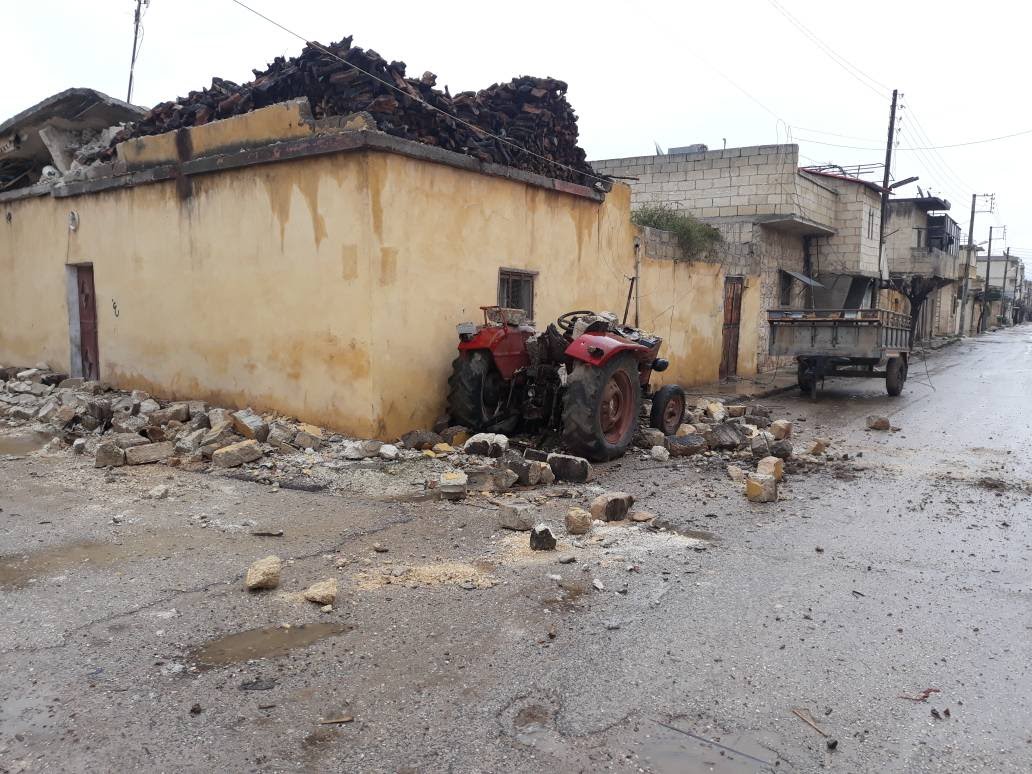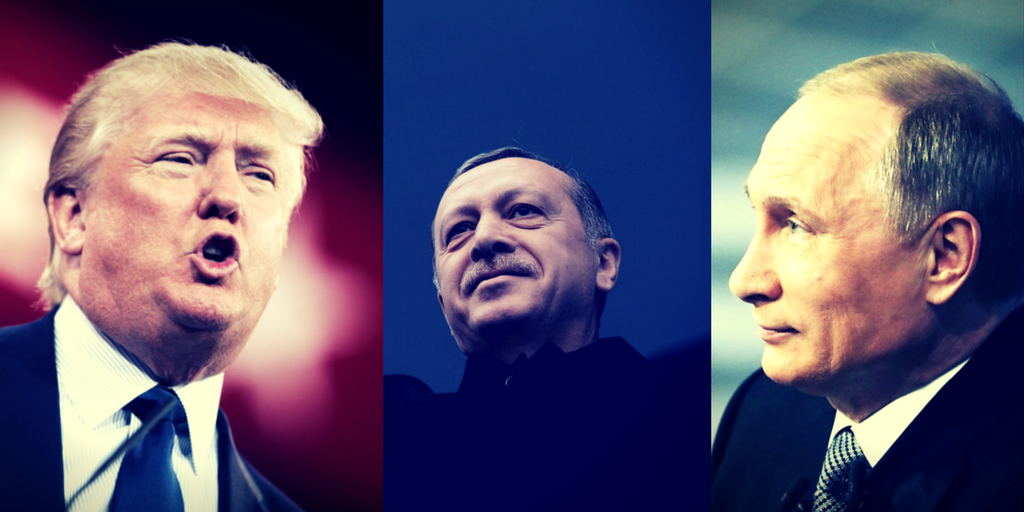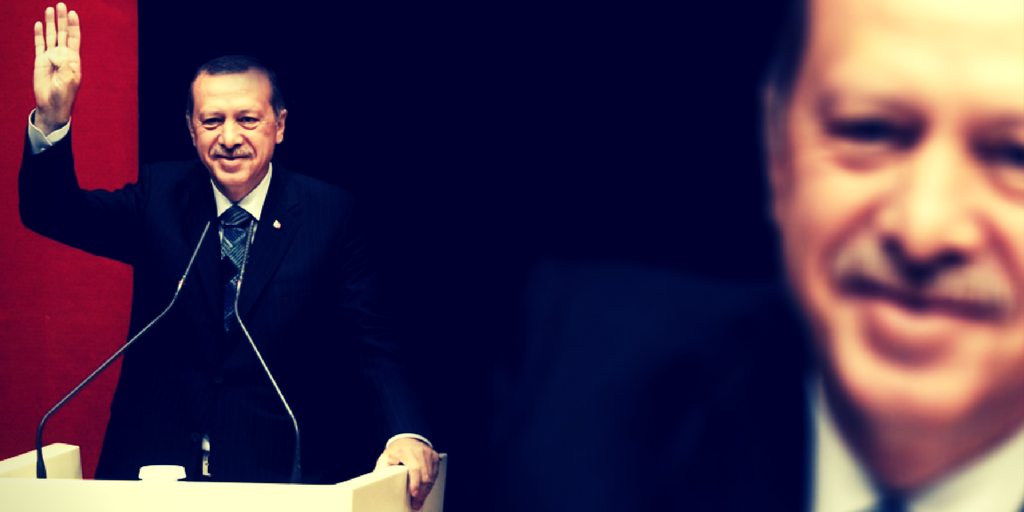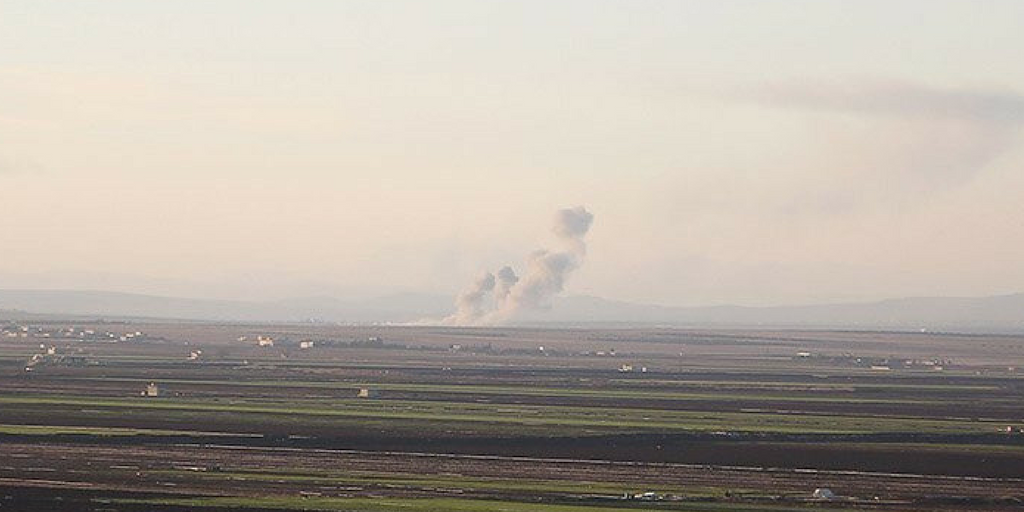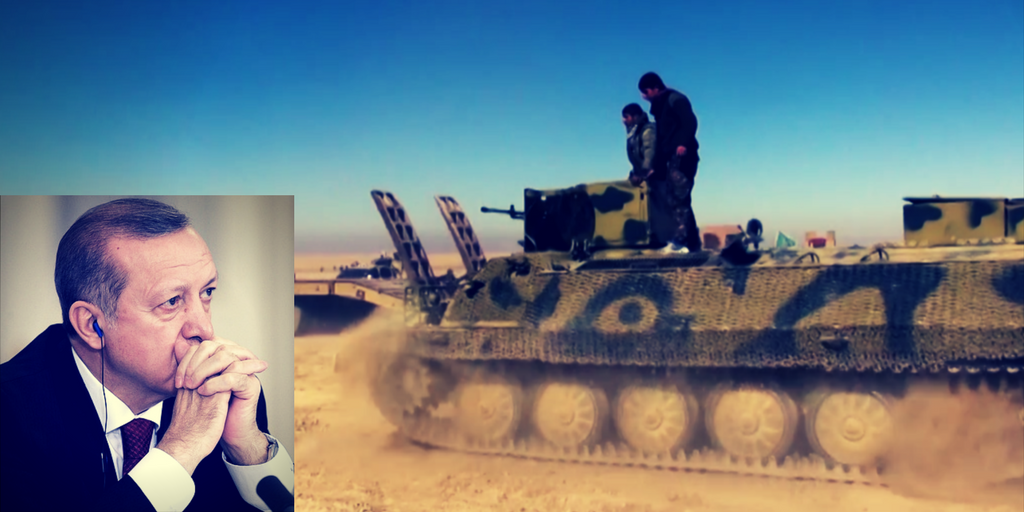Sources from Afrin, Syrian Kurdistan (Rojava) claim the Turkish Army and FSA proxy Bulbul, considered to be a strategic town at the center of the Bulbul district, which is just north of Afrin. The Turkish army claims over 24 Syrian Defense Forces (SDF) were killed and at least one other was captured by Turkish forces during fighting in the town.
The Turkish-backed FSA groups also announced that their fighters had captured the villages of Ali Kar, Za’ra and al-Ham in the Bulbul district.
The SDF stated that its defense forces had killed 20 Turkish soldiers during fighting in the village of Qurna. The SDF also said its fighters destroyed Turkish Army vehicle in the village of Za’ra.
The Turkish Anadolu Agency reported that the Turkish Air Force (TAF) destroyed 18 SDF positions in the general Afrin area in overnight attacks. Kurdish sources are reporting that over 104 civilians have been killed, and 156 other have been injured in the TAF bombardment so far.
I received a bunch of photos from #Afrin today. Please see this link for the destruction https://t.co/l37R6ReOXY pic.twitter.com/Lg80yv98r5
— Mutlu Civiroglu (@mutludc) January 30, 2018
Does Erdogan’s Incursions Matter for Turkey?
With Turkey’s invasion into Syrian Kurdish territory taking longer than expected, the Turkish President Erdogan is increasingly hurting his relationship with the West and even Russia. He may be playing to his base, but without serious gains early on and high civilian casulties, Turkey risks eventual isolation with the very countries it needs.
Still in question is whether Erdogan is willing to go head to head with American troops. If so, buckle up, the Middle East will get far more bumpy.

